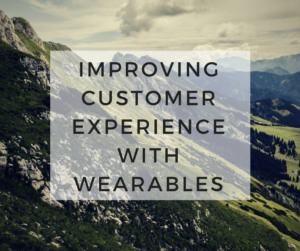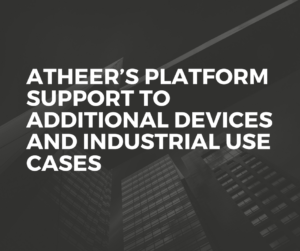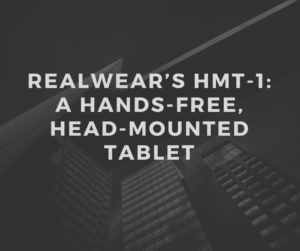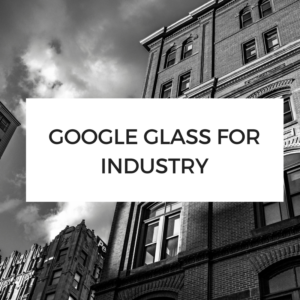Enterprise Technologies to Watch in 2017

A recent article on ZDNet discussed how emerging technology is proceeding so far this year, particularly for enterprises rather than consumers. The range of Enterprise Technology which is valuable for integration is on the increase despite IT budgets only rising slowly, which is putting pressure on organisations. ZDNet has another article on this specific topic here.
The article includes a list of technologies that are expected to increase in double digits each year for five years or more into the future, in addition to new tech categories which appear significant despite not having yet been forecast. ZDNet claims that organisations should pay attention to the uses of the technologies listed; for example, their influence on strategy, skill-building, experimentation, and preparation for a larger-scale adoption.
Enterprise Technology included are Augmented Reality, Machine learning, Virtual Reality, 3D and 4D printing, wearable technology, mobile business apps, Edge / Fog Computing, Marketing Integration, Internet of Things (IoT) and Internet of Everything (IoE), Big Data, Blockchain and distributed ledgers.
The article concludes by mentioning that a fixed strategy can no longer take rapidly changing technology cycles into account, which means enterprises now require new ways of approaching tech adoption. Although emerging tech for the enterprise is on the rise, we are still only at the beginning of emerging technology being utilised for businesses.








